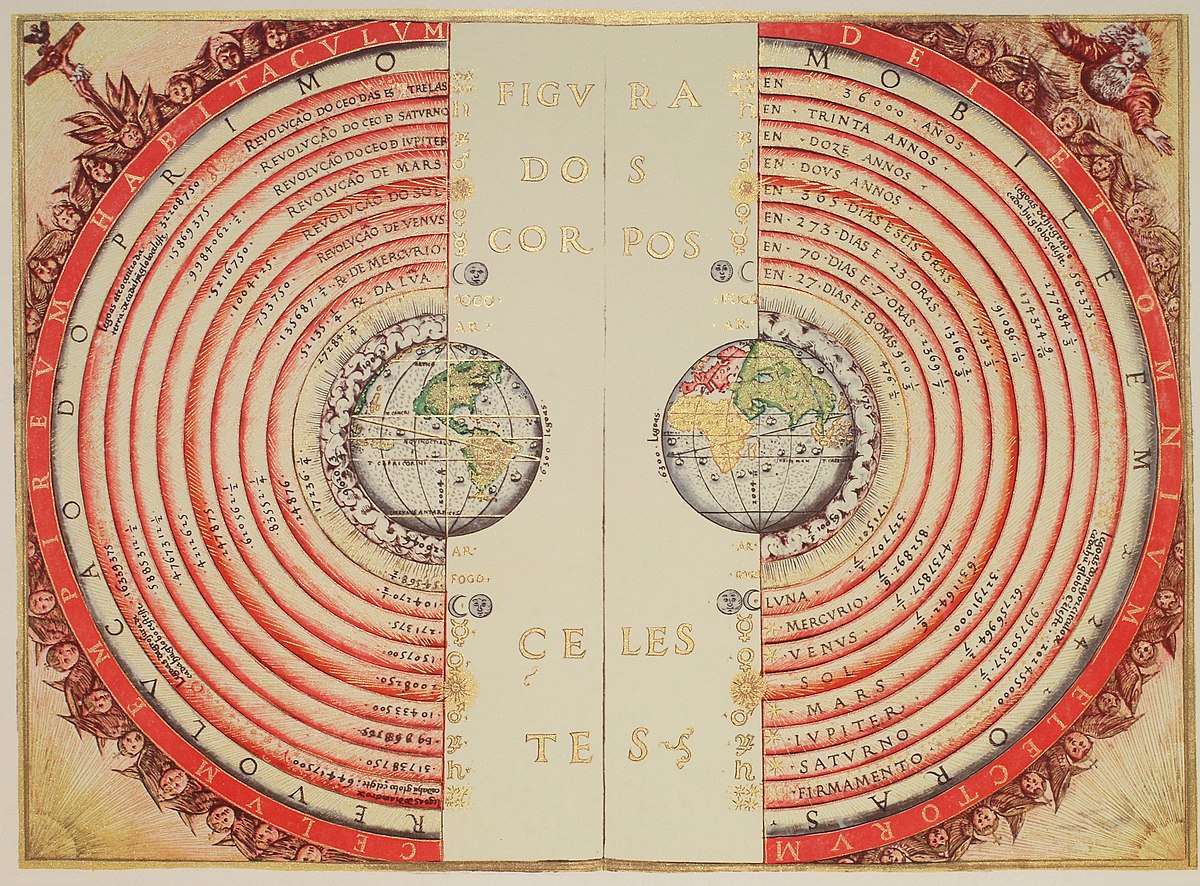New free content from WotC - the latest 4-page Unearthed Arcana introduces six new races: astral elf, autognome, giff, hadozee, plasmoid, and thri-kreen.

 dnd.wizards.com
dnd.wizards.com

Looks like Spelljammer and/or Planescape is back on the menu!

News Archive | Dungeons and Dragons
Read the full archives of Dungeons & Dragons news, Sage Advice, Unearthed Arcana, and D&D Studio Blogs.
Looks like Spelljammer and/or Planescape is back on the menu!


